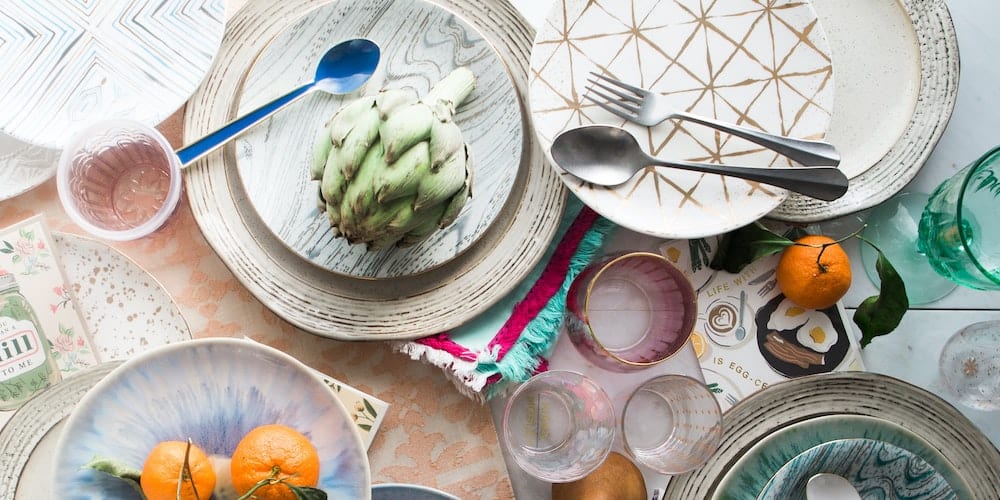A single syllable differentiates them, “pre” and “pro” -biotics are often a source of confusion. Prebiotics are natural fibers found in plant-based foods: vegetables, fruits, grains, and legumes. Breast milk also contains some!
These are sugars that serve as food and fuel for the good bacteria in our digestive system and support their growth.
On the other hand, probiotics refer to microorganisms beneficial to the health of our gut flora.
Here is our selection of the 12 best prebiotic foods. Stay tuned after the list to understand how they work and their benefits.
1. Carob
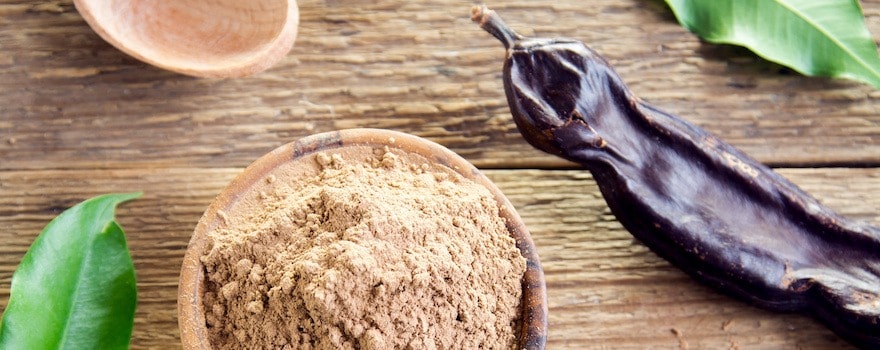
It grows on a tree belonging to the legume family. Carob is the fiber content champion! With 40g per 100g, it surpasses chicory and even cocoa! Its prebiotic effect was highlighted in this study that shows how carob contributes to the proliferation of lactobacilli fermentum, “friendly” bacteria for our intestinal health.
Recipe ideas: carob flour pairs very well with hazelnuts, in creams, and mousses. Its taste is similar to chocolate, and we can also imagine subtle pairings with citrus fruits, a delicious moist carob cake with citrus confit for example! For more details on the benefits of this flour and other recipe ideas, visit here.
2. Chicory
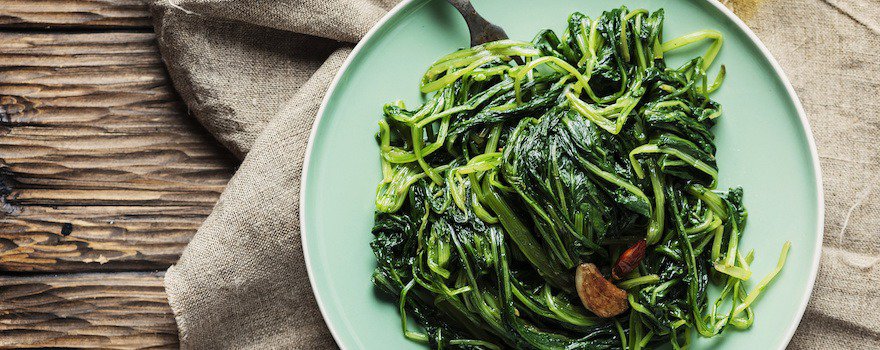
Chicory is a perennial plant related to endive. The root of this plant is particularly rich in inulin, a substance our good intestinal bacteria love! This study suggests that it improves digestion.
Recipe ideas: to fully enjoy its properties, consume the root of wild chicory. You can enjoy it as a tea or decoction. When powdered and roasted, it becomes the famous coffee substitute we know! You can also enjoy it cooked, in a salad.
3. Jerusalem Artichoke
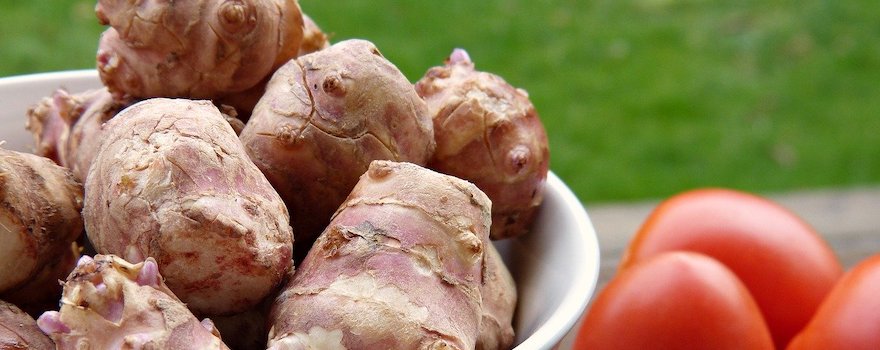
Quite unknown, it’s a root vegetable with a flavor close to Brazil nuts. It belongs to the same family as chicory. Its richness in fiber (mainly inulin) is particularly beneficial for our microbiota’s health, as presented in this study.
Recipe ideas: raw, it can be eaten like a radish, grated in a carrot salad for example. Like potatoes, you can make delicious veloutés, gratins, salads with green beans, a poached egg, and some hazelnuts.
4. Garlic

The skin of its cloves can be white, pink, or purple! Garlic is a good source of prebiotics (inulin), making it an excellent food for our intestinal health. If tolerated, it can be eaten raw, preserving its nutritional properties and adding depth to our dishes.
Recipe ideas: raw, you can peel, crush it, and use it to season salad recipes, or rub it on grilled rustic bread slices, drizzled with olive oil and sprinkled with fresh parsley, guaranteed success as an appetizer! Roasting garlic cloves with their skins on is the simplest way to cook; just place cloves in meat or vegetable roasts.
5. Cocoa
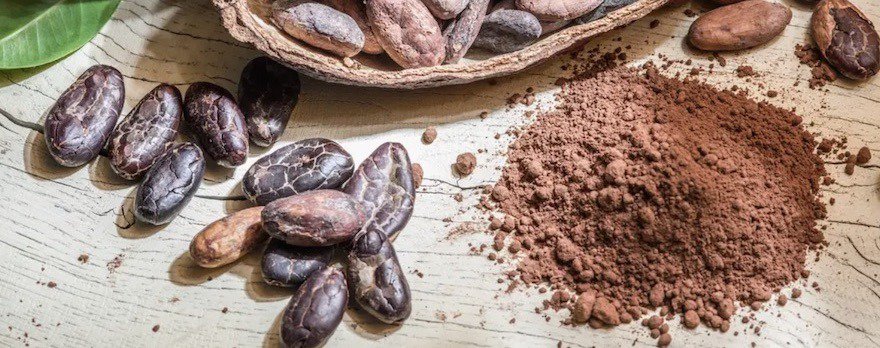
Cocoa is generally well-loved! Besides its unique flavor, it is also a superfood with many benefits! This study confirmed the prebiotic effect of flavonoids, the powerful antioxidants in cocoa. Combined with a balanced diet, they contribute to the increase of Bifidobacterium and Lactobacillus, friendly bacteria, and the reduction of Clostridium, a potentially pathogenic bacterial species.
Recipe ideas: The range of possible recipes is immense! You can opt for chocolate pastry classics, comforting drinks, and even use it to make energy balls. And for the more adventurous, why not try savory recipes like cocoa cod or chestnut and cocoa soup?
6. Baobab
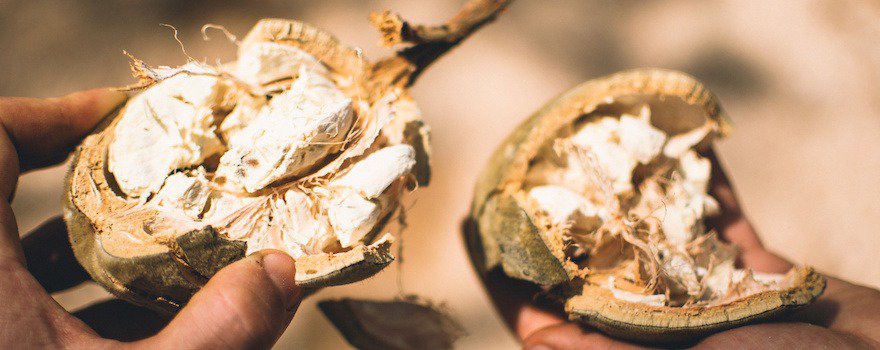
The fruit pulp of this African tree has many virtues. It contains soluble fibers with prebiotic properties that promote the growth of beneficial bacteria (Lactobacillus plantarum, Streptococcus lactis…) in the intestinal flora. This study shows the effect of this pulp on the growth of lactic acid bacteria populations.
Recipe ideas: For refreshment, “bouye” is ideal, a drink made with baobab pulp, having a floury texture and a tangy taste. It’s mixed with milk and sugar. Rehydrated, the powder can be incorporated into sweet recipes like shortbread or panna cotta.
7. Brazil Nuts
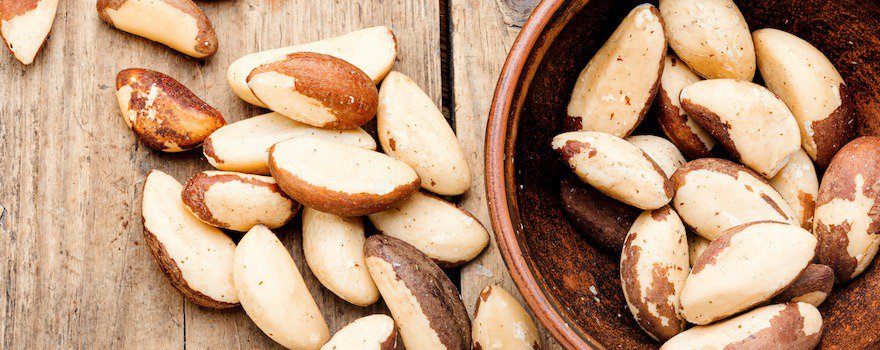
Brazil nuts are rich in fibers. This study suggests the prebiotic effects of nuts like Brazil nuts and their benefits for preventing and managing overweight and obesity.
Recipe ideas: A small handful of dried nuts makes a tasty and energetic snack! You can make unique vegan cheese preparations with these nuts or incorporate them into sweet recipes like cookies or brownies.
8. Chia Seeds
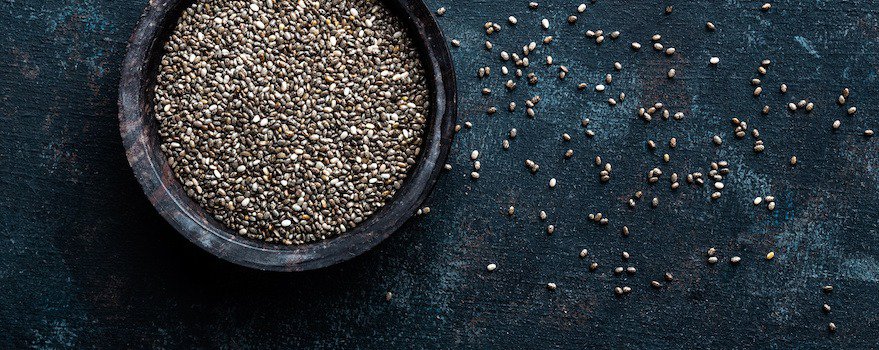
Chia seeds come from a sage plant that is part of the mint and lavender family. It is a staple in healthy food! High fiber content characterizes them, making up about 40%, they are among the champions in their category. Consuming them nourishes the beneficial flora in our intestines.
Recipe ideas: Their flavor is relatively neutral. They can be prepared as a famous pudding with coconut milk and fresh or dried fruits. In desserts, muffins. Less known in a savory version, in omelets, bread, or why not in a vitamin salad with quinoa, asparagus, parmesan, radishes, and arugula?
Lire aussi l Acheter des graines de chia : notre guide
9. Artichoke
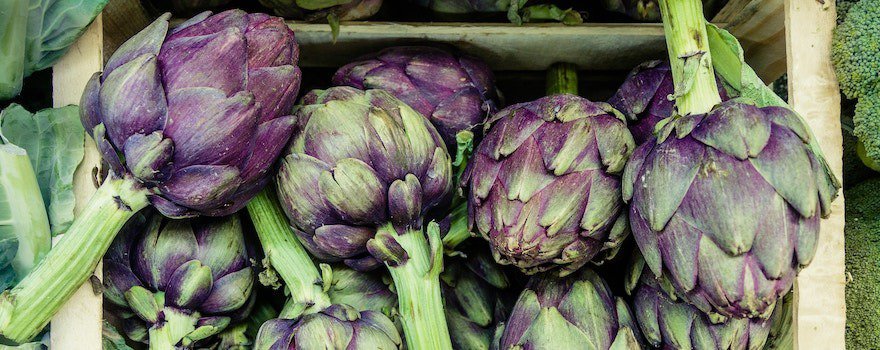
Star vegetable of the Mediterranean diet, it is very rich in fiber, particularly inulin, making it beneficial for our gut microbiota health!
Recipe ideas: Small cooked artichokes can be eaten raw in salad with vinaigrette, parmesan, and radish. To prepare them barigoule style, a traditional Provençal recipe, they are cooked on a soft bed of vegetables.
10. Psyllium
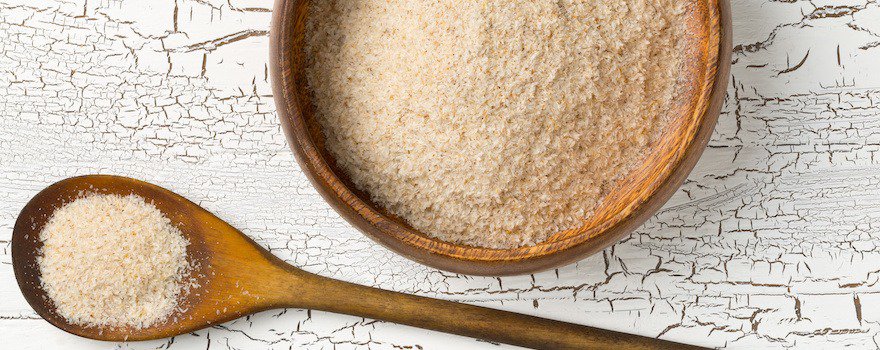
It is an herbaceous plant originally found in India and Pakistan. Psyllium is rich in prebiotic fibers, these sugars we cannot absorb that contribute to the growth of healthy and balanced flora.
Recipe ideas: It is generally found in powder form. Its taste is neutral, and it suits a gluten-free diet. It acts as a thickener in preparations and can be used to make a sauce or a no-cook compote. In bake recipes, it will replace gluten. It can even be a precious help in fixing a runny mayonnaise!
Also read the Our psyllium buying guide
11. Chaga
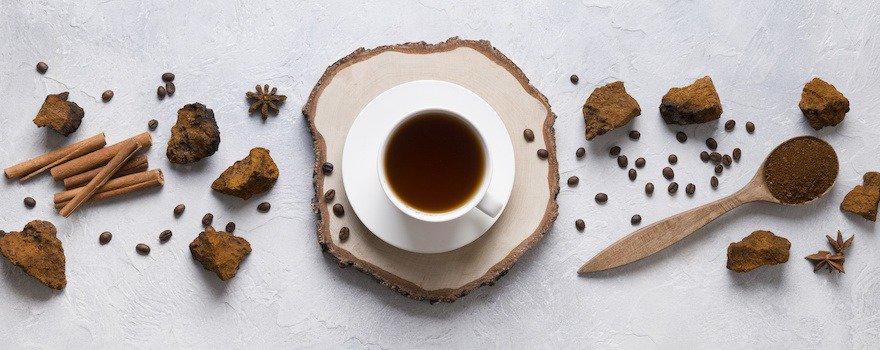
Chaga is a mushroom that grows mainly on birch trunks by feeding on its nutrients! It is widely used in traditional Russian medicine. It is considered a functional mushroom. It contains beta-glucans with prebiotic properties.
Recipe ideas: In powder, in infusion or decoction. It can also be incorporated into hot drinks like a latte tea. Otherwise, it can be added to cakes or pancakes. It is possible to find it fresh in some stores; like with the powder, it can be prepared in infusion or decoction.
12. Salsify
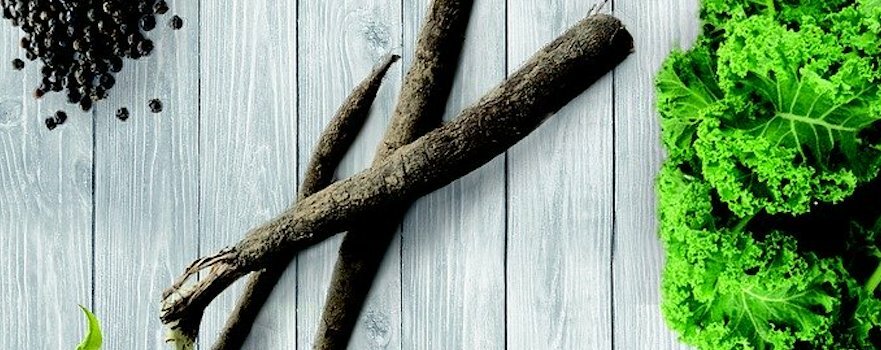
With its dark brown skin covered in fibrous growths, it’s a root vegetable often shunned! Yet its flavor is gentle and sweet. Well-endowed with inulin, it’s an ally for the good health of our microbiome and bifidobacteria in particular. Its fibers are generally well-tolerated and do not irritate the intestine.
Recipe ideas: enjoy it raw for maximum prebiotic effect! For example, in a salad when the root is tender. It can be used in soups and broths. Once cooked and cooled, they can be seasoned like vinaigrette leeks.
Buy Natural Prebiotics: My Selection
We recommend the prebiotics & probiotics mix from Nutri&Co. This natural supplement contains prebiotics (flavonoids) as well as 9 probiotic strains, including 3 patented ones.
This probiotic-prebiotic combination is rare and complex to incorporate into a capsule.
At Darwin Nutrition, we really like Nutri&Co because it’s a very sharp French lab (see their blog in particular). Their scientific team is serious, their approach is innovative, and their product prices are reasonable.
Use our promo code DARWINGIFT to get a free product.
❤ I like: The excellent quality/price ratio, complete transparency about the origin of the raw materials (there’s a map of all suppliers on each product), the effectiveness observed by users on Amazon
★ Customer reviews (Ekomi): 4.7/5
☞ Quantity: 60 capsules / 1 to 2 months of treatment
✔ Our test: Nutri&Co Review
Prebiotics, “fuel” for probiotics but not only!
The major families of prebiotics
Prebiotics commonly refer to a type of dietary fiber (sugars) that promote the growth of probiotics, beneficial bacteria for the body like lactobacilli and bifidobacteria.
Three substances have been studied more extensively: FOS (fructo-oligosaccharides), inulin and GOS (galacto-oligosaccharides). For instance, FOS can be found in garlic and artichoke, inulin in the roots of certain plants, and GOS in legume seeds. All these substances are delicacies for our good bacteria!
Prebiotics and probiotics: a team working in symbiosis for the health of our intestinal microbiome
Our intestinal microbiome hosts a colossal population of microorganisms weighing nearly 2 kilos! Its balance and healthy composition allow it to play the role of a protective barrier against attacks from viruses, allergens, or harmful bacteria.
Prebiotic fibers pass unhindered through the digestive processes and resist the action of digestive juices and enzymes. These are substances that cooperate to break down the foods we ingest.
These fibers thus reach the colon intact, the part located between the small intestine and the rectum, which contains the most bacteria of the intestinal microbiome.
Here’s an analogy that will speak especially to those with a green thumb. Imagine a vegetable garden in which seeds have just been sown. For the plants to grow optimally, we generally don’t just wait patiently for them to sprout out of the ground. We nurture them with fertilizer (preferably natural!) so they strengthen. And we take care to remove the “weeds” that steal the precious nutrients from the soil.
It’s the same for prebiotics and probiotics working in symbiosis to maintain the health of our intestines.
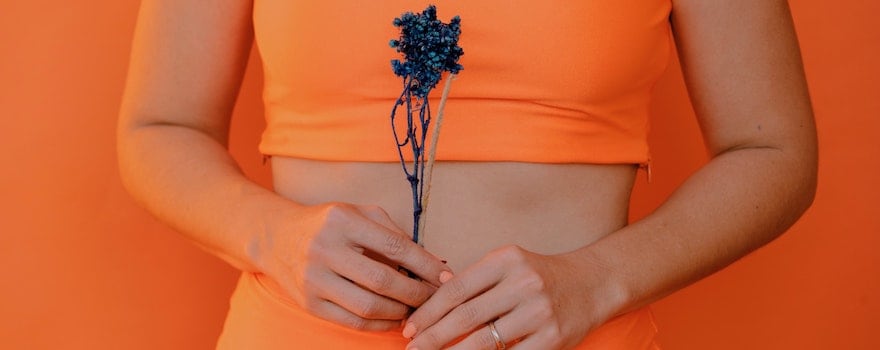
Prebiotics, virtuous fibers
Even though research on the effects of probiotics is much more extensive, scientific evidence of the benefits of prebiotics is increasingly abundant.
Here are the 4 main functions attributed to prebiotics.
1. Reduction of Constipation
Several studies have highlighted the effect of GOS in improving the digestive bolus and relieving constipation.
See also 5 natural laxatives to prioritize for better transit
2. Purification of the Microbiome
Prebiotics promote the establishment of a healthy environment conducive to good digestion. FOS, in particular, would help reduce the populations of Clostridium perfringens and salmonella, harmful bacteria that cause food poisoning.
3. Improvement of Mineral Absorption
The consumption of GOS-type fibers allows for better calcium absorption. Like inulin, these sugars also promote the intake of magnesium.
4. Anti-inflammatory Action in the Colon
When consuming prebiotics, the good bacteria in our intestines produce butyrate. This is a fatty acid with anti-inflammatory effects identified in the colon. Inulin and GOS may have an inhibitory role in the development of colon cancer as evidenced by this study.
Also read These natural and tasty anti-inflammatory foods
Improvement of Sleep Quality
A recent study conducted by researchers from the University of Colorado highlighted the beneficial effect of prebiotics on the sleep quality of rodents following a stressful event. Intense stress can indeed disrupt the microbiota.
Other studies suggest the role of prebiotics in preventing food allergies or the risk of overweight.
Also read How to sleep better through diet?
Undesirable Effects of Prebiotics
A gradual transition is recommended when wanting to increase prebiotic intake. Otherwise, it may cause gastrointestinal disturbances with bloating, intestinal cramps, and flatulence.
Especially when suffering from irritable bowel syndrome, it’s important to favor non-aggressive fibers for the digestive system.
Not all dietary fibers are prebiotics, but for information purposes, the French Agency for Food, Environmental and Occupational Health & Safety (ANSES) recommends an intake of 30 g of fiber per day.


